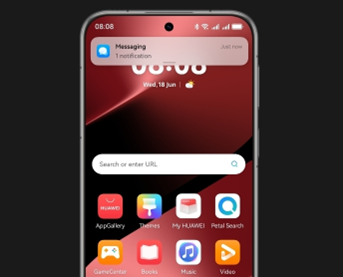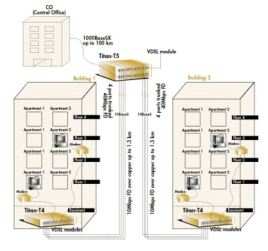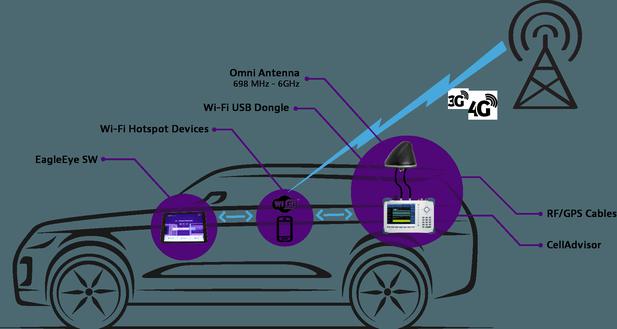What Smartwatch Metrics Matter Most to Marathoners?
Marathoners rely on statistics to fine-tune their preparation, minimize burnout, and achieve race-day objectives. Smartwatches generate a consistent stream of performance data, but not all of them are equally meaningful. Runners must know which stats to believe and which to dismiss. From pace to recovery scores, the appropriate data leads to smarter training and better performance. However, receiving too much information can be distracting or overwhelming. This guide identifies the essential indicators that are most important to marathoners, explains how they enhance long-distance performance, and demonstrates how to avoid data overload. With the correct emphasis, your smartwatch may become a performance companion rather than merely a digital accessory.
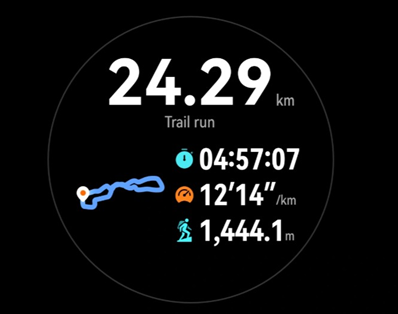
Which Metrics Should Marathoners Focus On?
Distance & Pace Tracking
Marathon preparation relies heavily on accurate distance and pace statistics. Your watch should accurately measure how far you've run and how quickly each mile or kilometer is completed. Average pace helps you comprehend total training effort, whereas present speed keeps you consistent on extended runs. Lap pace is beneficial for tempo workouts or intervals. Many smartwatches include real-time pace notifications to help prevent over- or undertraining. Pace consistency helps to create race-day discipline. GPS accuracy is critical for pacing and planning. Marathoners who use dependable pace and distance tracking may plan smarter sessions, prevent early fatigue, and reach target times with accuracy and confidence.
Heart Rate & Heart Rate Variability (HRV)
Heart rate monitoring enables marathoners to train in the appropriate intensity zones for endurance, speed, and recovery. Zone-based training determines when to slow down or push harder, preventing undertraining and tiredness. Watches also monitor heart rate variability (HRV), which indicates recovery and preparedness. A greater HRV frequently suggests that you're rested and ready to work out, whereas lower numbers indicate stress or insufficient recuperation. Monitoring both heart rate and HRV over time provides patterns and exposes potential overtraining hazards. Many watches now combine these metrics with advice on training intensity and rest days. These measurements assist marathoners in managing stress and rest, ensuring that their training cycle is strong, progressive, and injury-free.
Cadence, Stride Length & Running Dynamics
Advanced running dynamics offer insight into shape and efficiency. Cadence (steps per minute) helps to prevent overstriding and injury risk, and 170-180 SPM is commonly regarded as appropriate for long rides. Stride length influences running economy and speed. Smartwatches with motion sensors or linked foot pods may monitor both parameters throughout each run. Some watches additionally include vertical oscillation, ground contact time, and left-right balancing, which are useful for improving form over long distances. These data do not have to be flawless, but measuring them can aid in identifying weariness, inefficiencies, or form problems. Marathoners benefit from altering their cadence or stride to conserve energy, maintain speed, and lessen the strain of lengthy runs on the body.
How Smartwatch Metrics Improve Training & Performance
Using Training Load, Recovery & Readiness Scores
Smartwatches now assess training load and recuperation to aid runners in avoiding injury and burnout. Training load assesses the accumulated stress of sessions over time, providing insight into whether you're progressing or overreaching. Recovery time estimates let you decide when to run again, depending on your heart rate and previous workouts. Some watches give readiness scores based on sleep, HRV, and recent training. These indications help to determine effort levels and arrange cutback weeks or rest days. Marathoners can avoid overtraining by tracking their load and recovery trends. These insights replace guessing with smart preparation, allowing runners to balance effort, increase consistency, and lessen the likelihood of setbacks prior to race day.
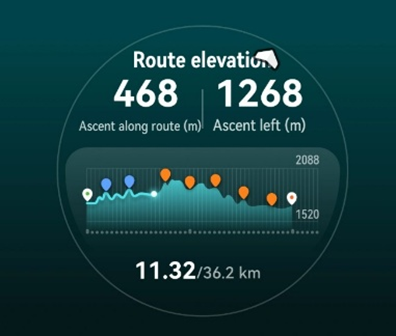
GPS Accuracy, Altitude & Elevation Gain for Race-Day Simulation
Marathoners who practice on hills or simulate race courses benefit from comprehensive GPS and elevation data. Accurate GPS guarantees that pace and distance are tracked consistently, even on curving roads or city streets. Elevation gain and loss provide insight into course difficulty and aid in pacing tactics. Smartwatches with barometric altimeters give more precise altitude data, which is important for training for races with rolling hills or bridges. Organizing sessions by elevation allows runners to adjust their pacing and effort based on the terrain. These capabilities also enable course simulation for goal races, which is very useful while practicing in a new location. Understanding how topography affects pace helps marathoners prepare mentally and physically for race day circumstances.
Sleep, Resting Heart Rate & Stress Metrics for Injury Prevention
Recovery is just as crucial as mileage in marathon training. Smartwatches that monitor sleep, resting heart rate (RHR), and stress can assist runners in assessing recuperation and avoiding overtraining. Quality sleep promotes muscle recovery and hormonal control. A high RHR may indicate sickness, weariness, or poor recovery. Daily stress ratings, based on heart rate variability, indicate when the body may require additional rest. Marathoners who run a lot of miles should measure these indicators on a regular basis to detect early indications of burnout. Most watches combine these data factors to provide a readiness or recovery score. Listening to this input results in more effective rest days, better long-term outcomes, and lower injury risk throughout the training cycle.
What Metrics Can Be Ignored or Used with Caution?
VO₂ Max, Estimated Calories Burned & Oxygen Saturation
Although VO₂ max is a valuable fitness measure, it should not be the only factor influencing training selections. Estimates differ by brand and may alter owing to water, sleep, or stress. Similarly, calorie burn is frequently imprecise and relies greatly on human input and sensor accuracy. It's more suited for general tracking than specialized training demands. While oxygen saturation (SpO₂) is important at high elevations, most marathoners training at sea level do not require it. These measures give intriguing insights but have no direct impact on speed, distance, or recovery plan. Use them to track trends rather than for daily planning. Prioritize real-time data—such as pace, heart rate, and recovery—over erratic projections that provide little day-to-day training benefit.
Over-focusing on Every Metric vs Trusting Feel and Effort
It's easy to get caught up in numbers, but performance isn't entirely data-driven. Runners who overanalyze every data risk losing sight of their subjective exertion and physical sensations. Cadence, HRV, and vertical oscillation are all useful metrics that do not need to be adjusted on a regular basis. Marathoners must learn to trust their instincts during training, particularly when GPS lags or heart rate surges. Watch data should assist, not replace, intuition. Use analytics to identify trends, manage pacing, and assess progress, but don't let statistics take precedence over rest demands or force intensity. A balanced method incorporates both data and bodily sensations, allowing marathoners to modify confidently and race smarter, not harder.
Data Overload: Simplifying Your Smartwatch Use
Modern watches provide dozens of stats, but marathoners should avoid crowded interfaces and too much data. Choose three or four fundamental metrics per screen, such as pace, distance, heart rate, or time. Too many numbers detract from attention and lower training quality. Turn off unneeded fields, eliminate irrelevant notifications, and prevent switching screens while running. Instead, use the companion app to analyze comprehensive metrics after each run. Simplifying on-wrist displays might help you stay focused during extended sessions. Create separate data screens for different run types, such as easy days, tempo runs, and long runs. Streamlining your watch setup increases clarity, decreases stress, and ensures you receive valuable input that promotes rather than overwhelms performance.
Conclusion
Marathoners thrive on consistency, and the correct smartwatch metrics help them achieve it more effectively. Prioritize real-time pace, heart rate, recovery, and running dynamics to create powerful sessions and safer advancement. Use training load and sleep data to strike a balance between stress and rest. Elevation and GPS accuracy assist in replicating routes and improve effort based on terrain. Runners who are curious about different race styles often ask, "whats cross country running" especially when comparing trail conditions to road marathons. Although measurements like VO₂ max and SpO₂ provide context, they are not necessary for most runners. Most essential, don't let facts replace your instincts. Trust your body's feelings, and let your watch support rather than dominate them. With the correct concentration, a wristwatch may become your training buddy, encouraging you to be strong, balanced, and race-ready.

